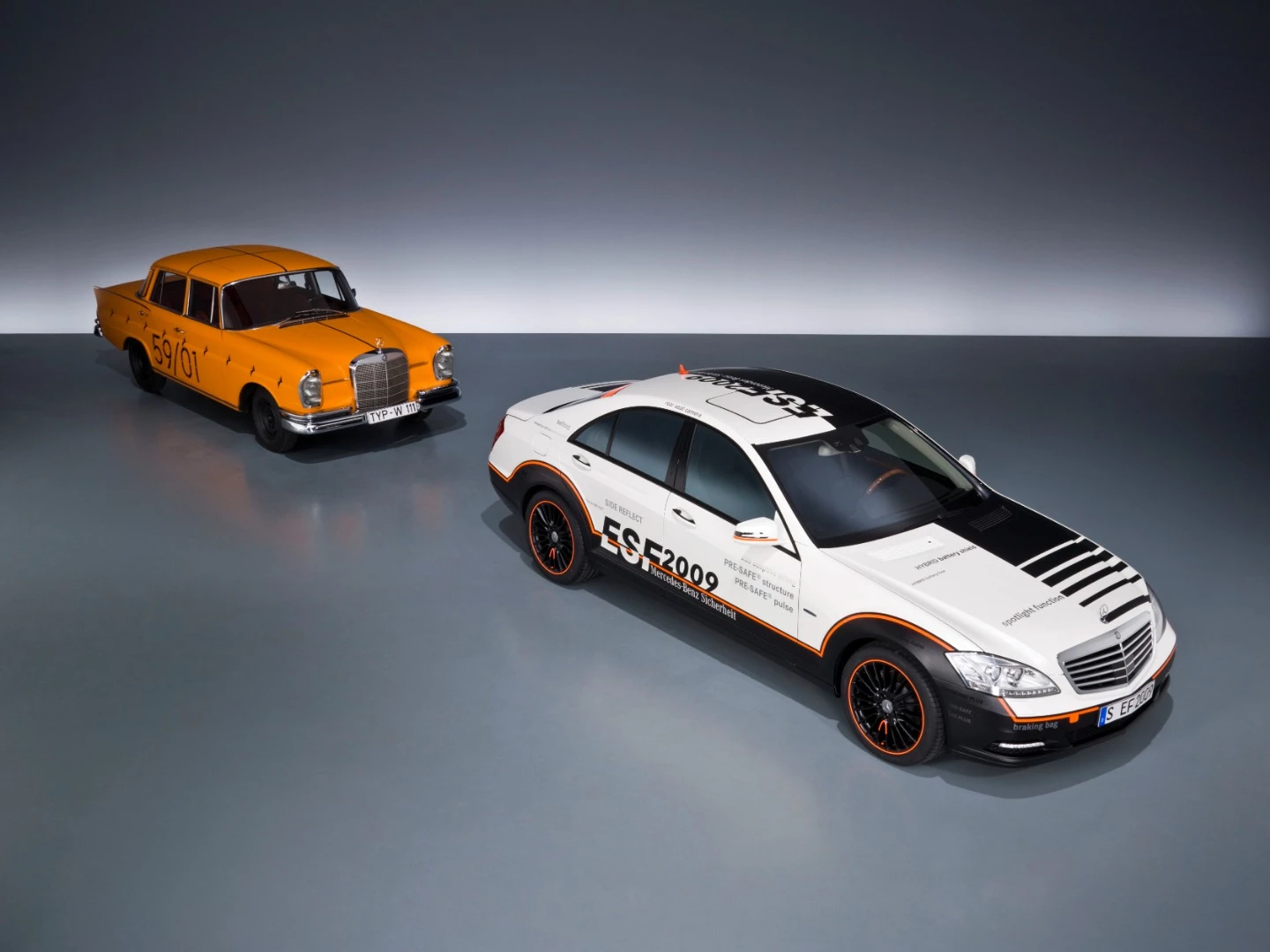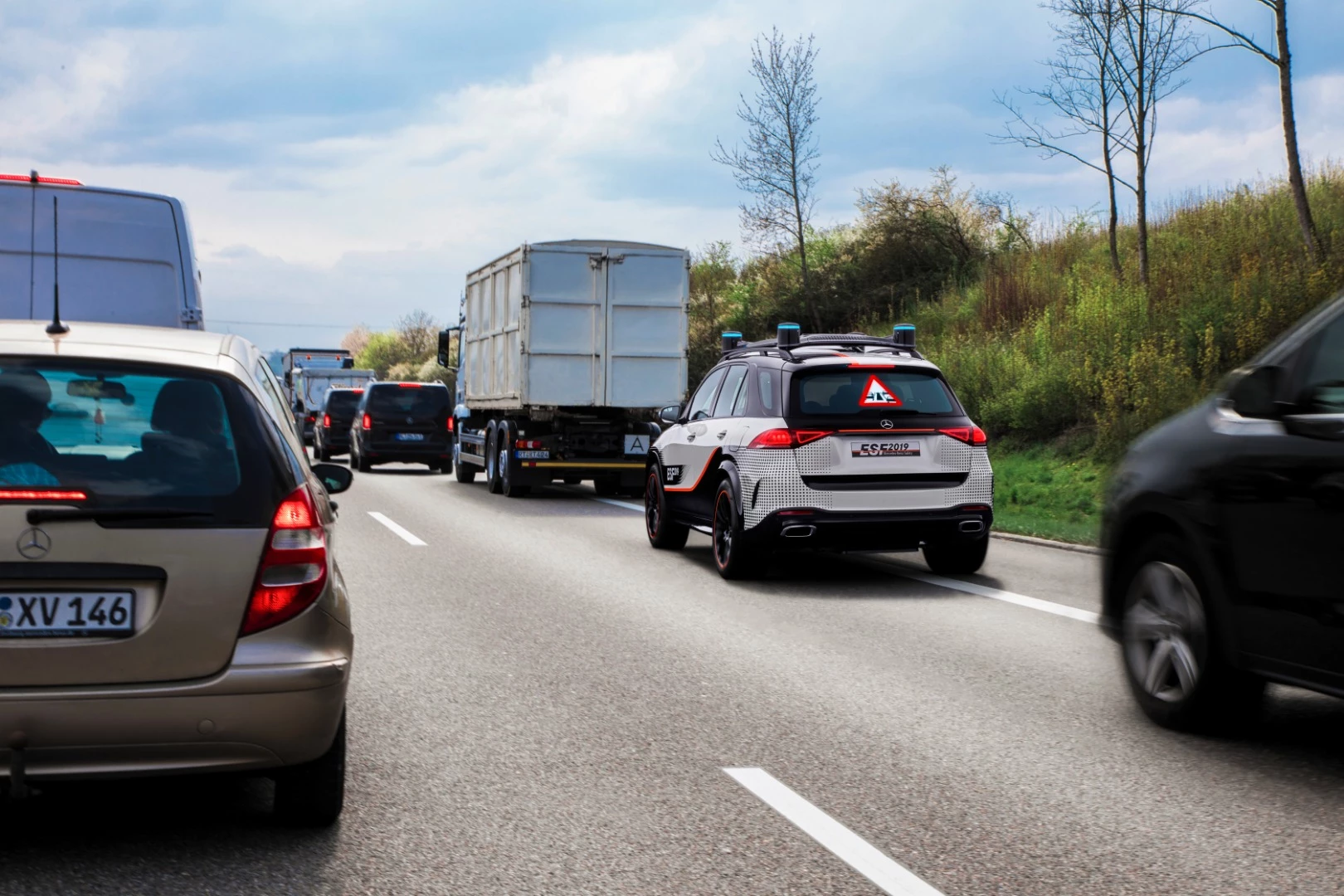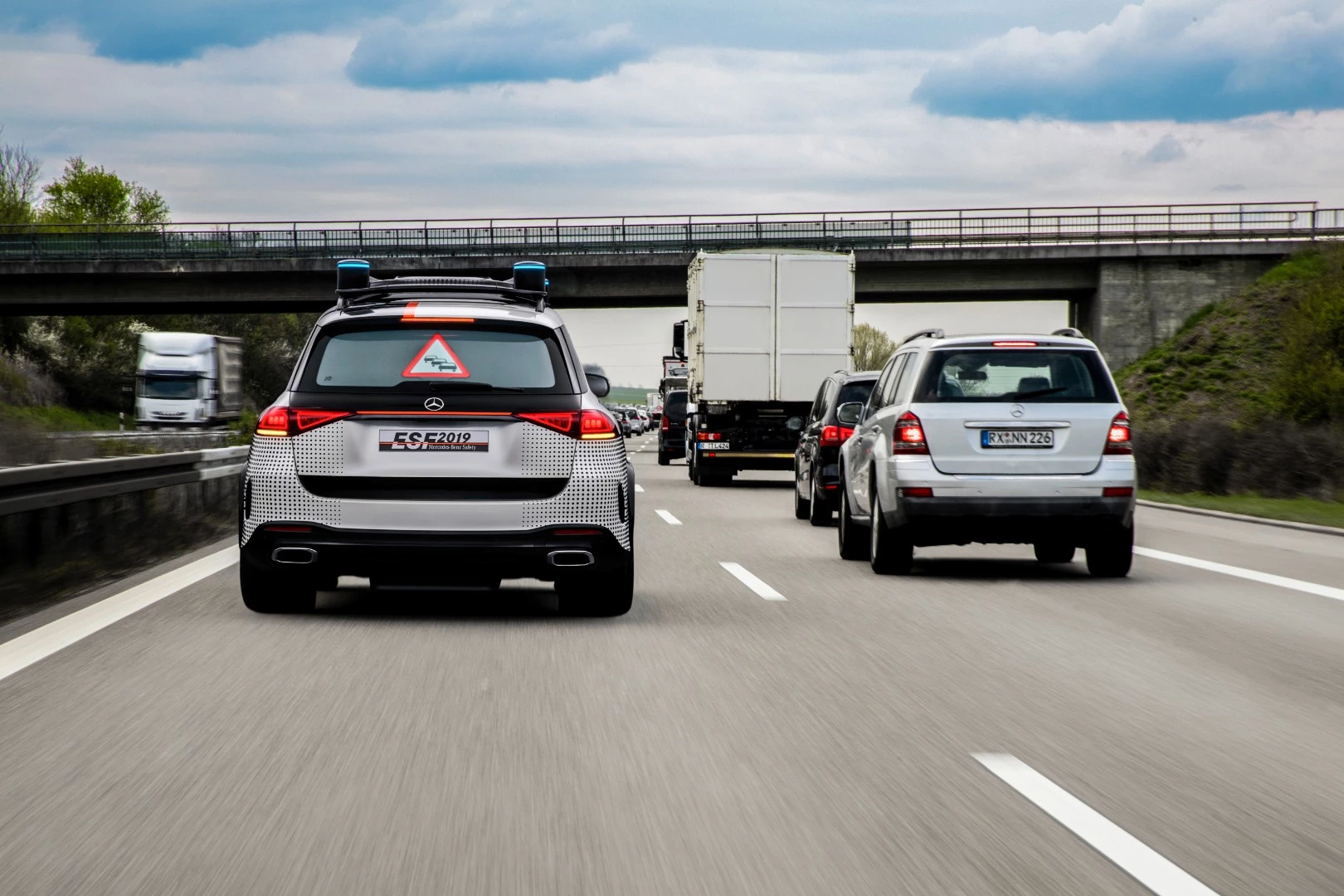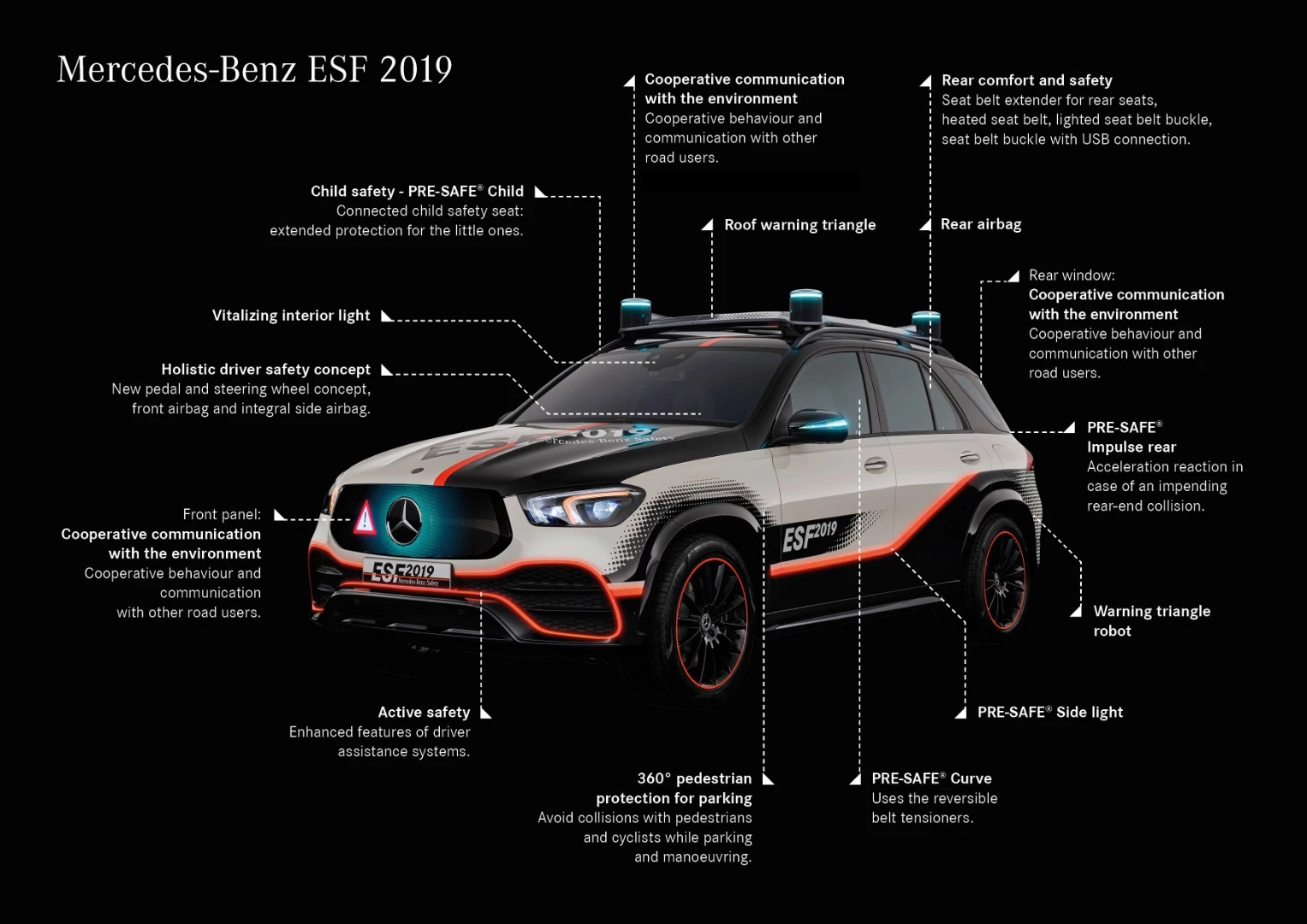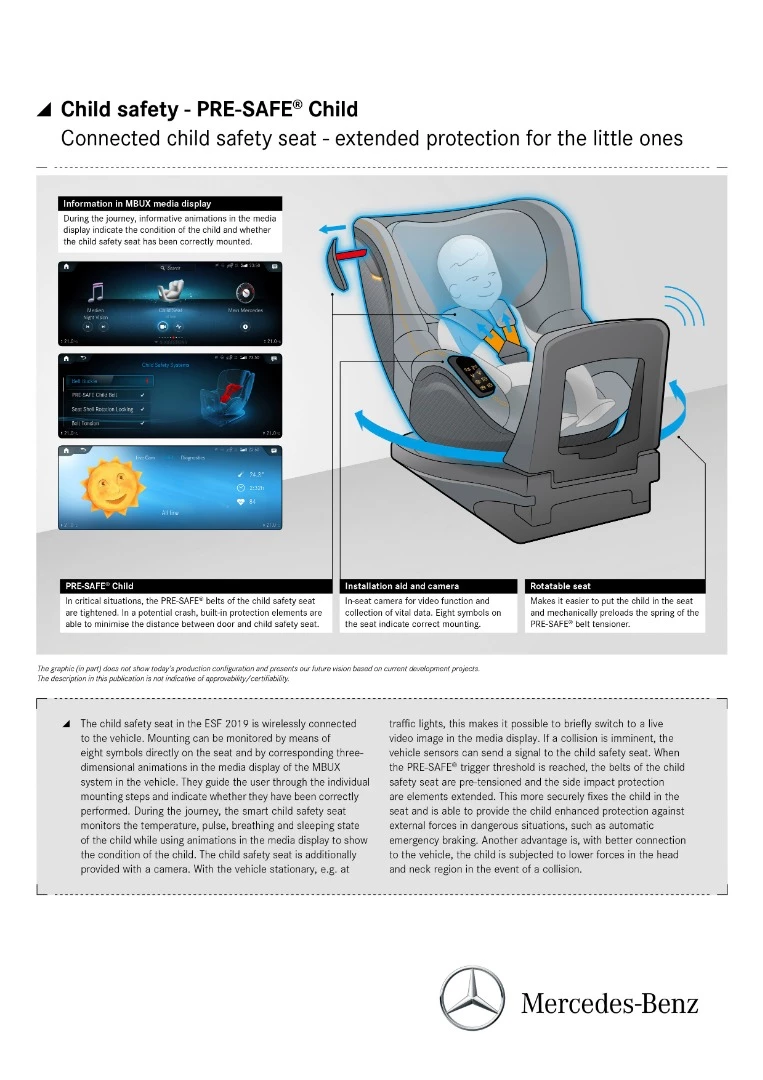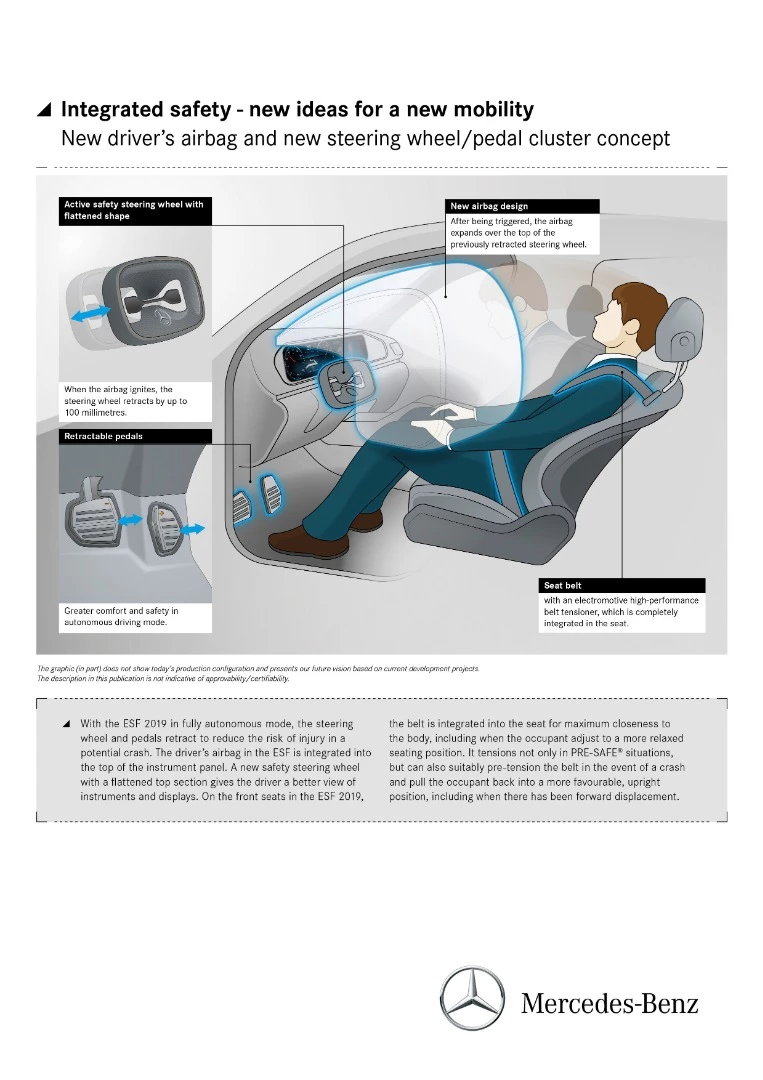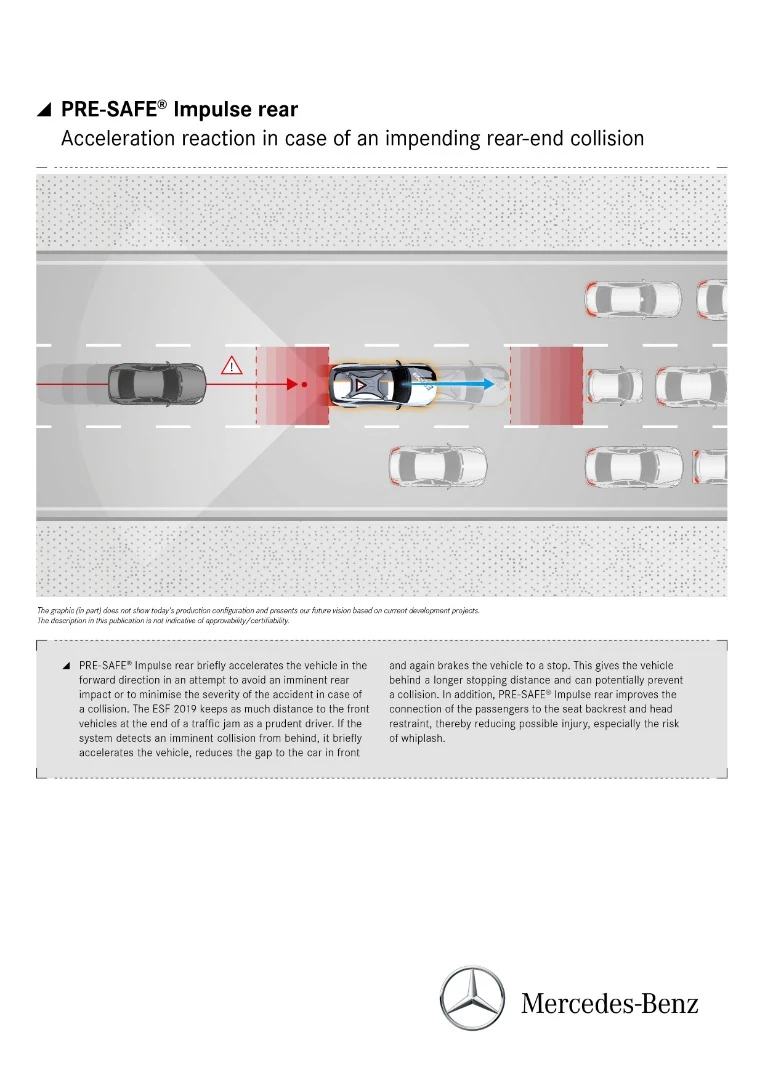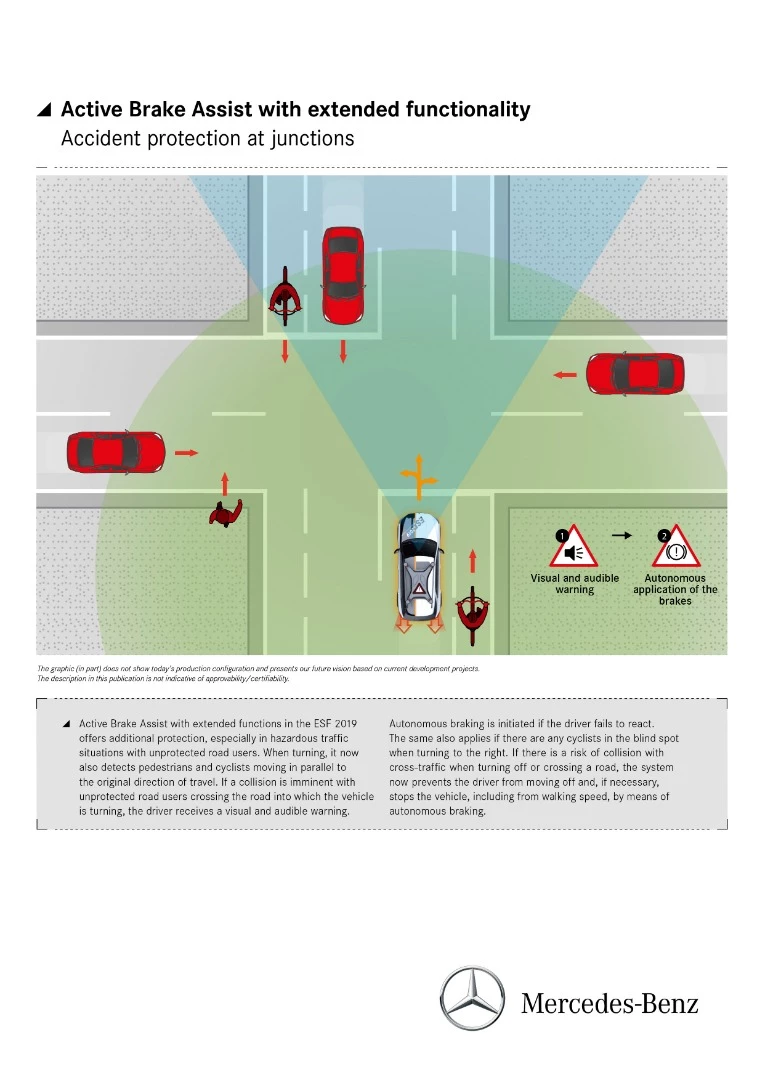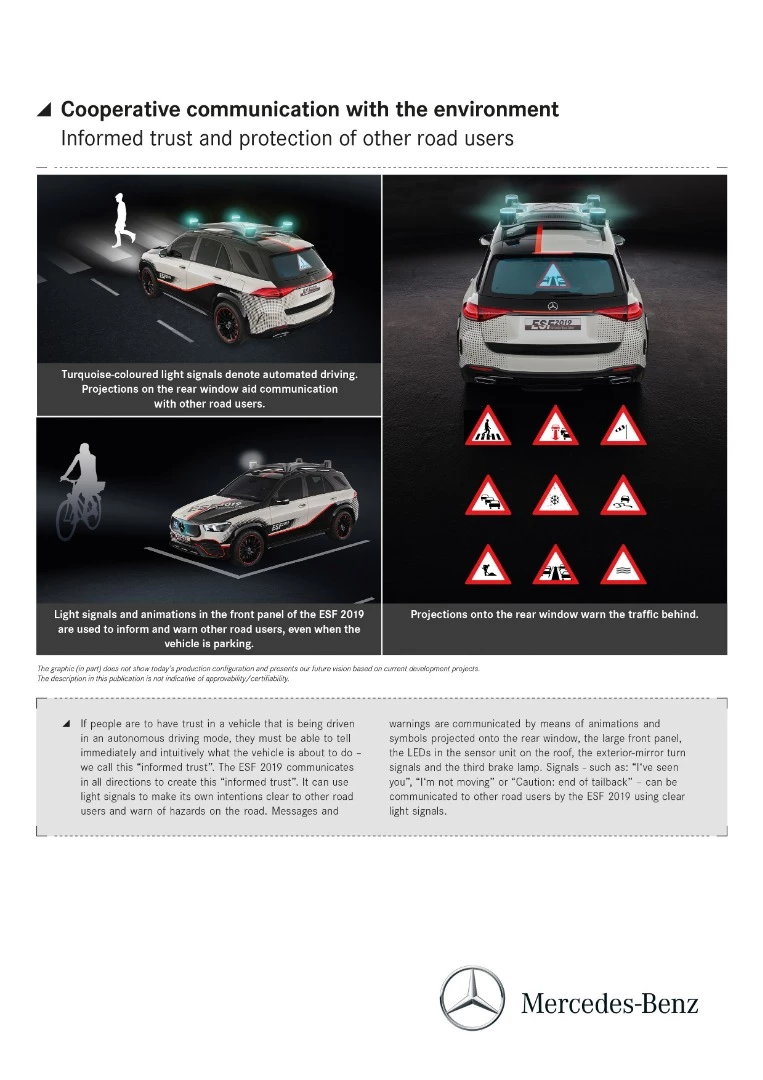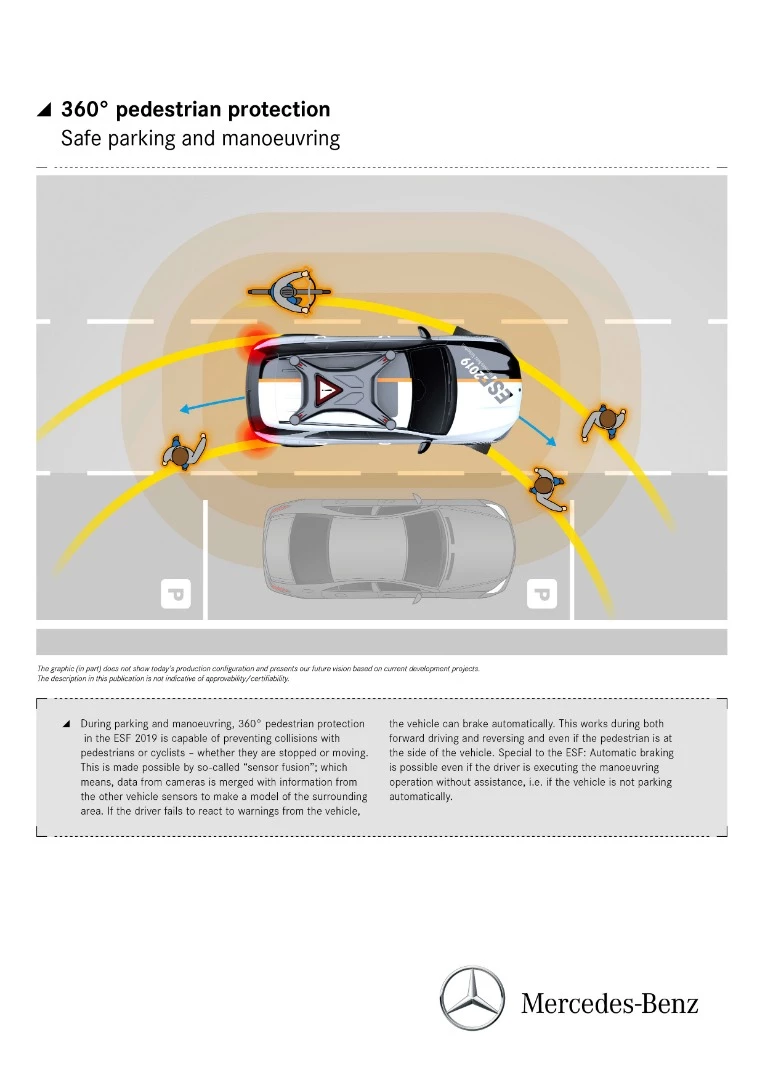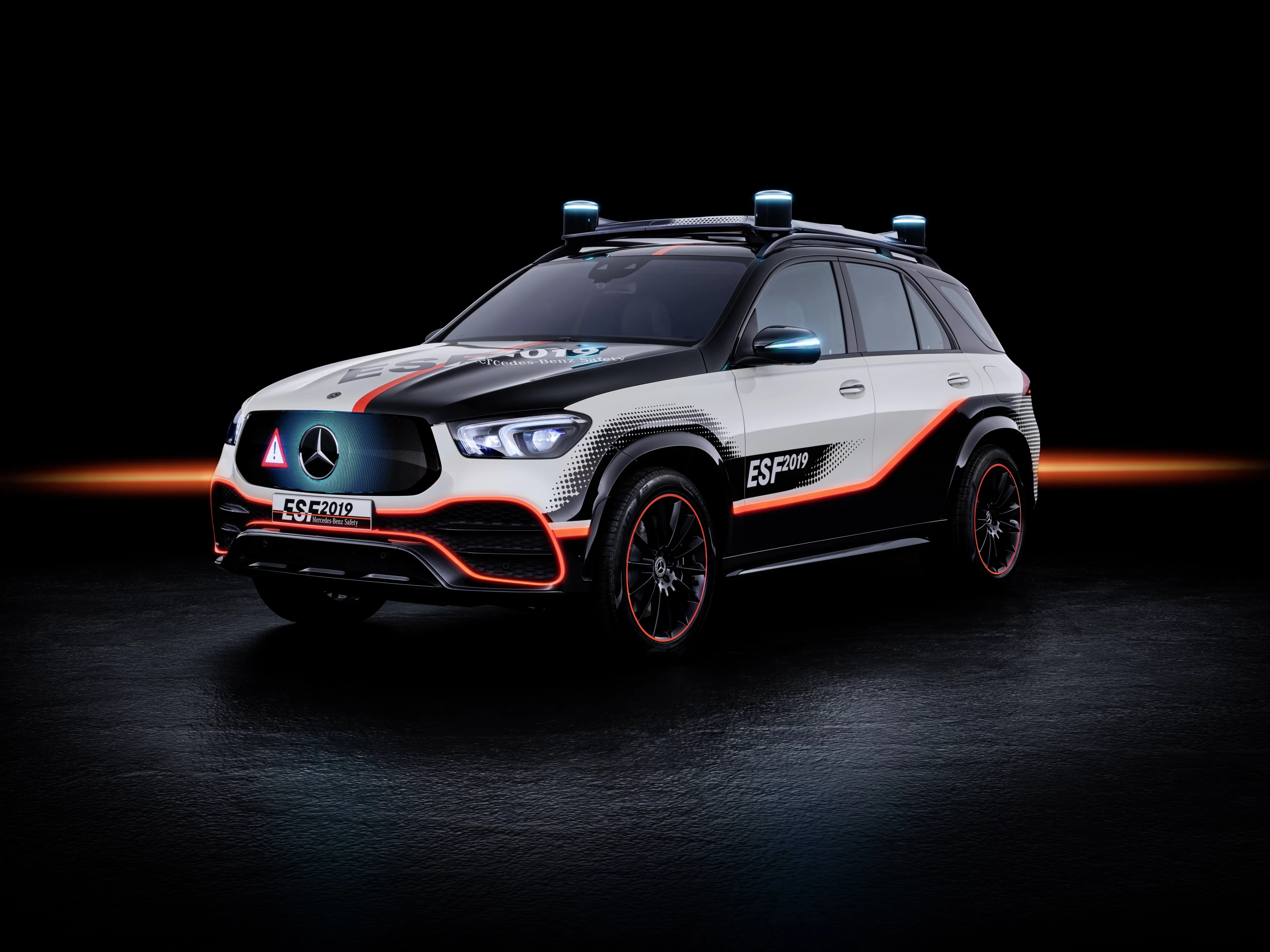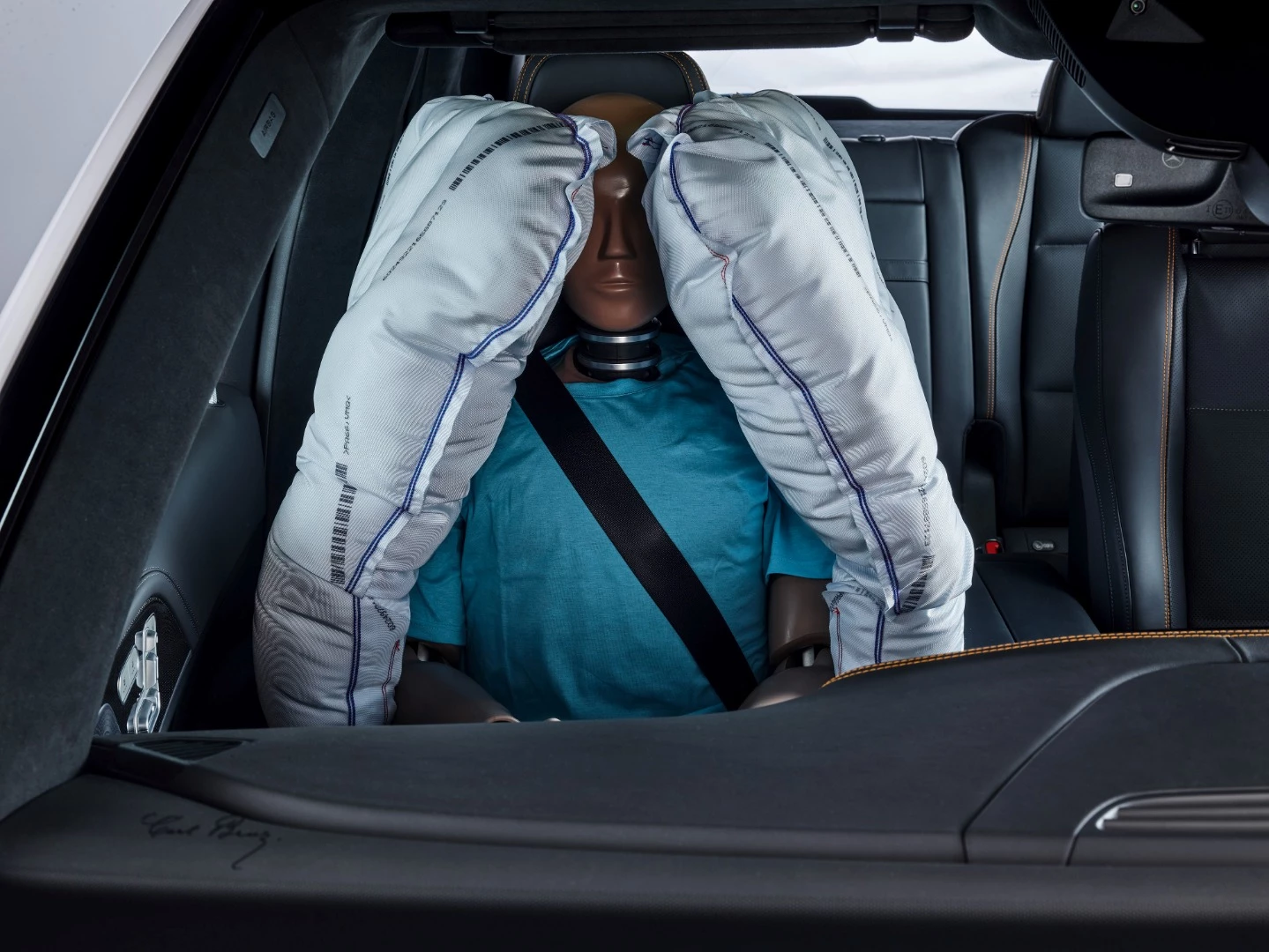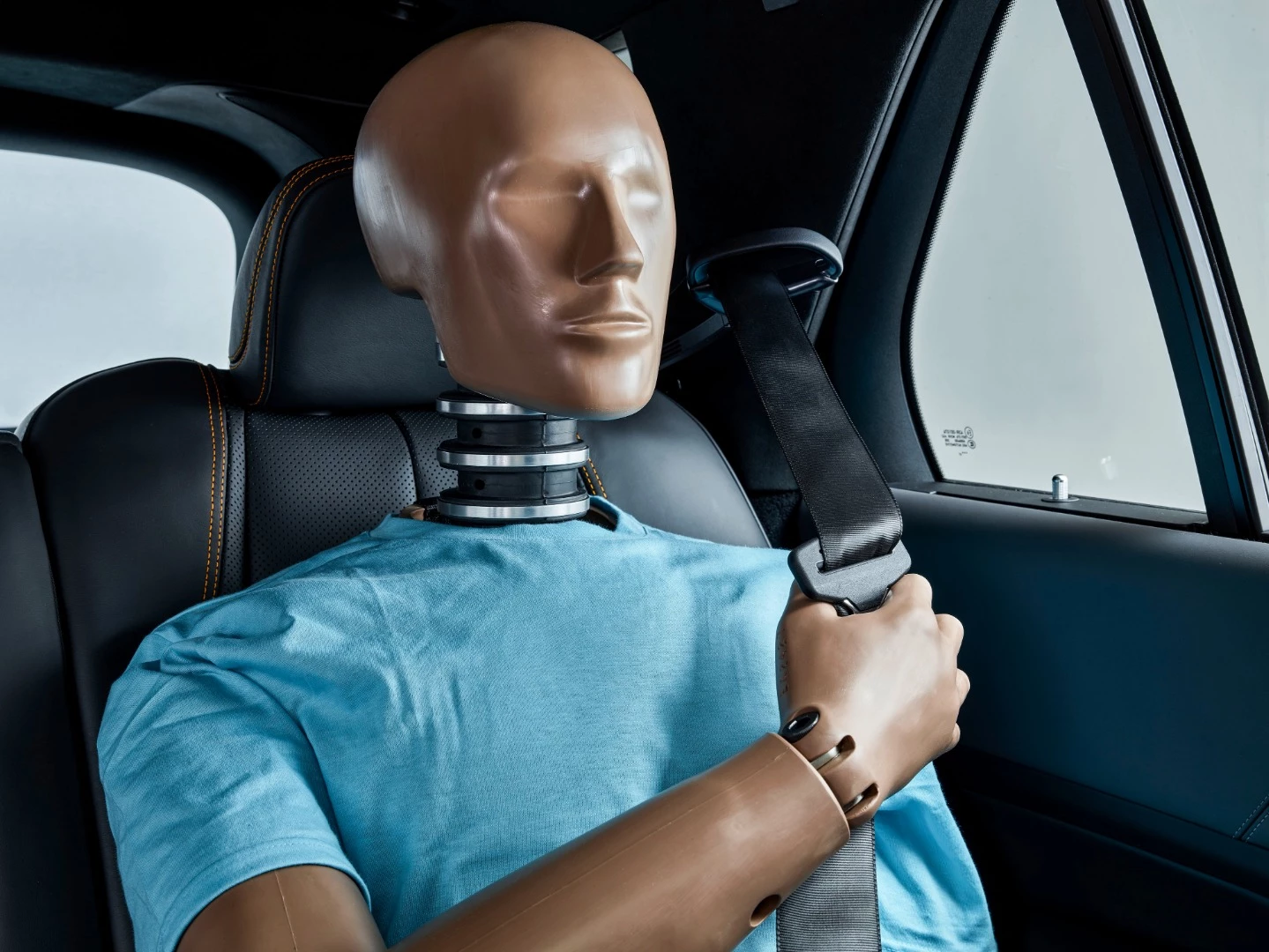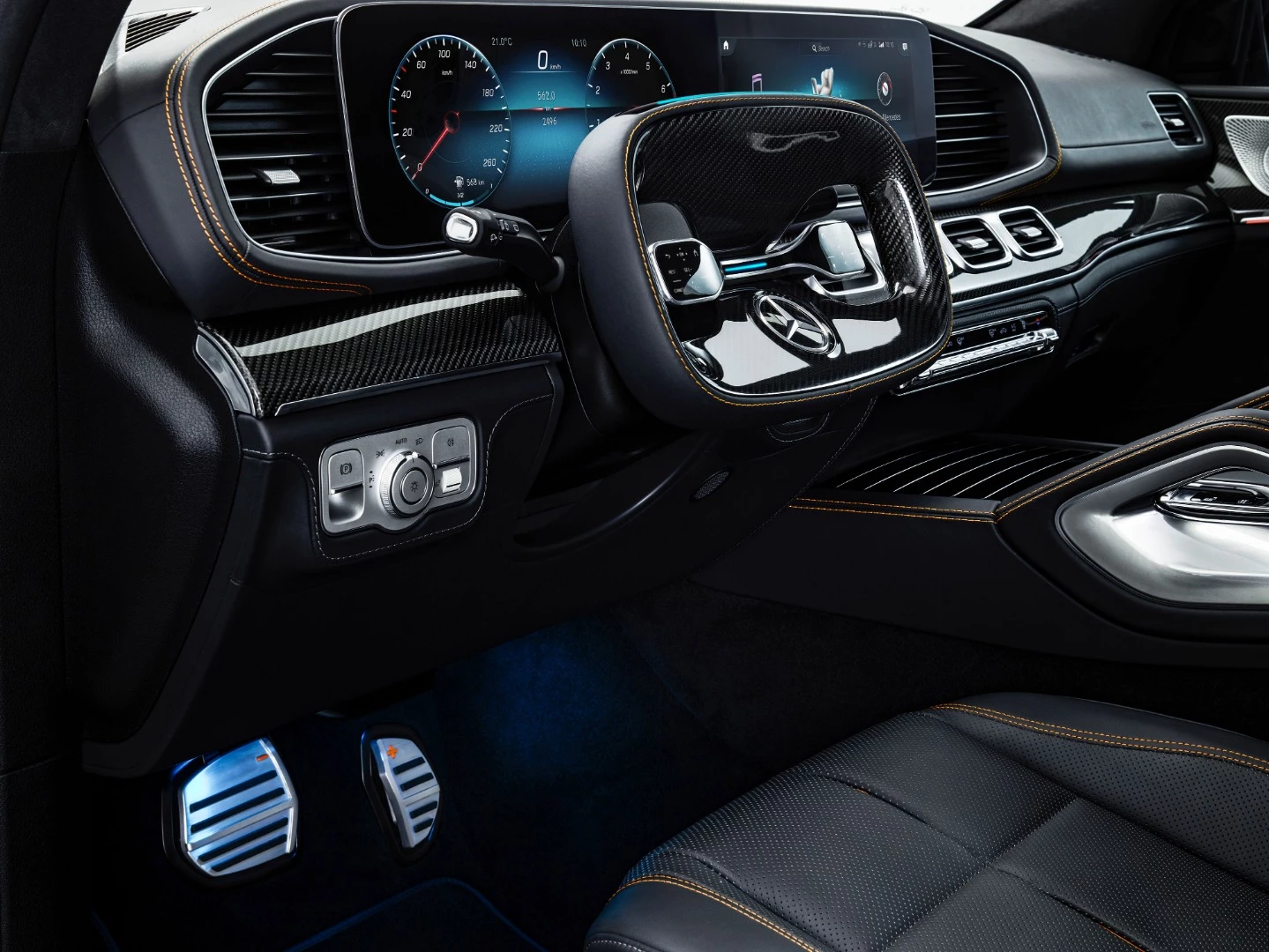Mercedes-Benz has unveiled its latest Experimental Safety Vehicle, the ESF 2019, and with it a whole raft of innovative new technologies the company sees as potential life-savers in the coming decades. The particular focus this time around is the awkward transition period as vehicles move toward full autonomy.
This is the third Experimental Safety Vehicle concept from Mercedes, each designed to push the envelope on future safety technology. To give you an idea of how significant previous efforts have been, the first ESV back in 1974 introduced things like airbags, head restraints and seat belt tensioners, and the most recent one we covered way back in 2009 debuted intelligent headlights and pre-collision safety measures that have become standard on Mercedes' higher end models. Sadly, the super fun sounding braking bag idea hasn't broken through yet, but we digress.
The ESF 2019 is the company's latest future-forward ideas testbed, and it introduces some very interesting safety ideas for the next decade or two, in which autonomous systems will begin rolling out and interacting with live drivers.
Here are some of the key innovations it wants to bring to the table.

Visual communications
The front grille and rear windscreen of the ESF are big ol' screens designed to get important messages to other vehicles and road users. For example, if the car detects a traffic jam ahead on the freeway (either through its onboard sensors or via external communications), it can warn the cars behind that it's about to slow or stop.
It'll also give rear window warnings for things like icy surfaces, roadworks or cars ahead that are coming the wrong way up the highway, and in a traffic jam behind a crash incident, it'll encourage other drivers to pull over and create an emergency vehicle access lane, even as it does so itself.
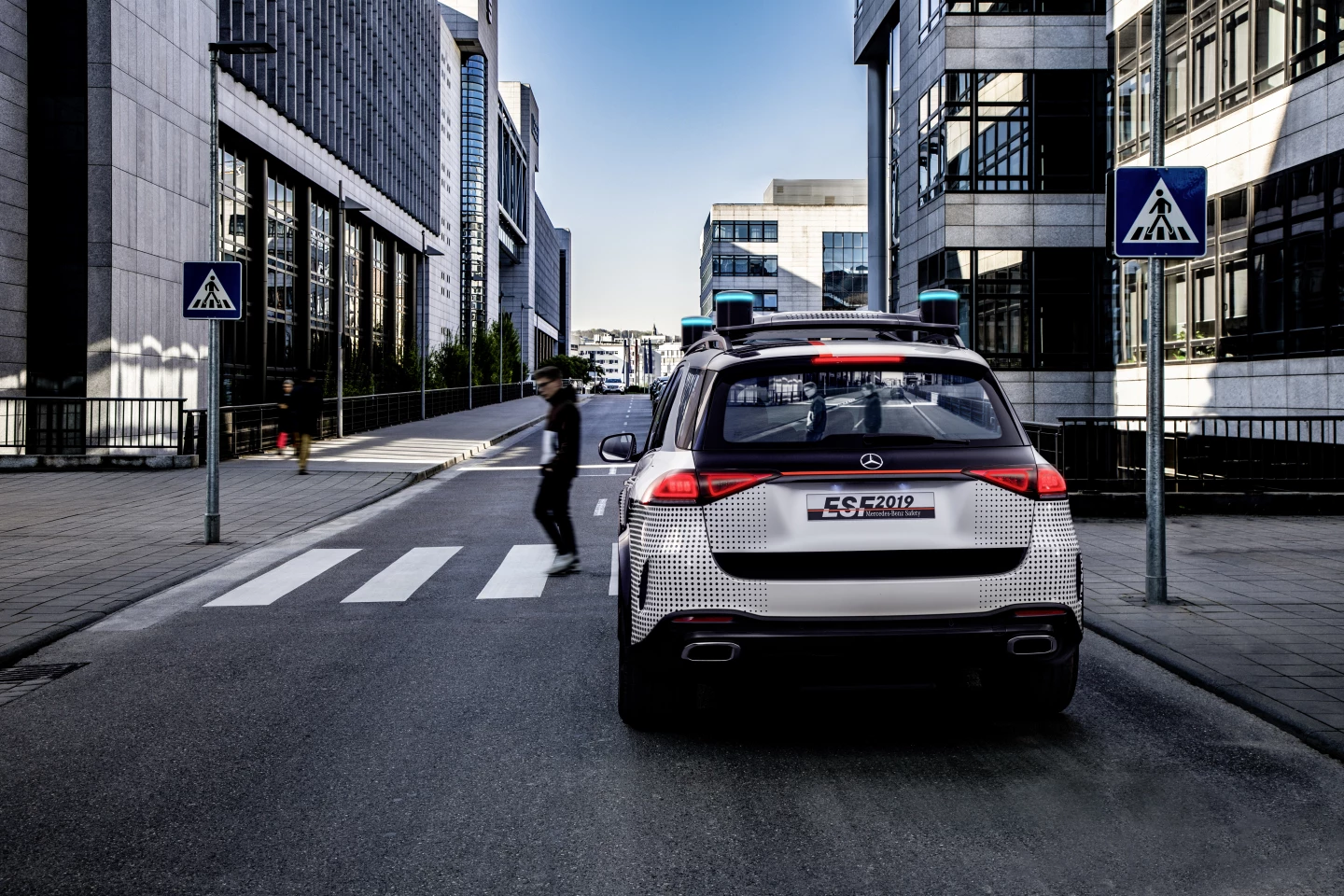
In town, that rear window becomes even more interesting, displaying vision from the cameras on the front of the vehicle so that following cars can see what's happening at pedestrian crossings and the like. Telling them why you've stopped, in effect.
The front grille is simpler, and designed mainly to help the car communicate with other users while in autonomous mode, giving signals that you'd normally achieve through eye contact and hand gestures. "I see you, mr. pedestrian, you're ok to cross," for example, or "I see you trying to merge, and I'm creating space for you."
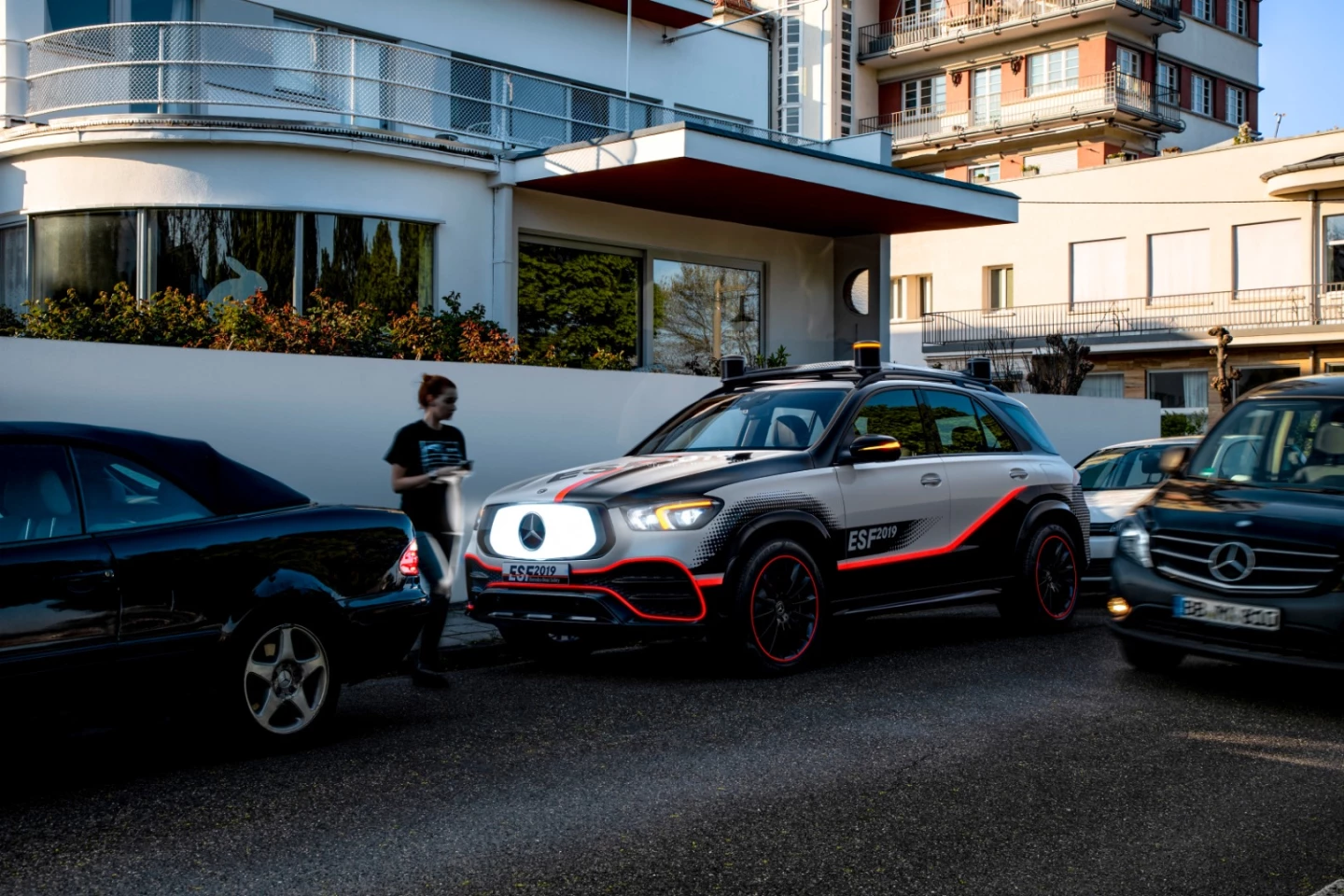
Protecting other road users, even while parked
Some of the ideas introduced by the ESF 2019 aren't even for the driver's own benefit. While the car's parked, for example, the ESF's sensor suite can stay active and do its part to help avoid accidents between cars and pedestrians, or cyclists.
If a pedestrian comes past the front of the ESF when it's parked, and the car detects that they might be about to walk into the path of a moving car, it'll light them up so the car can see them, and make audible warning noises. If the parked ESF detects another car about to turn in front of a cyclist that the ESF is obscuring from view, it'll flash warnings for both the cyclist and the driver to try to help avoid an incident.
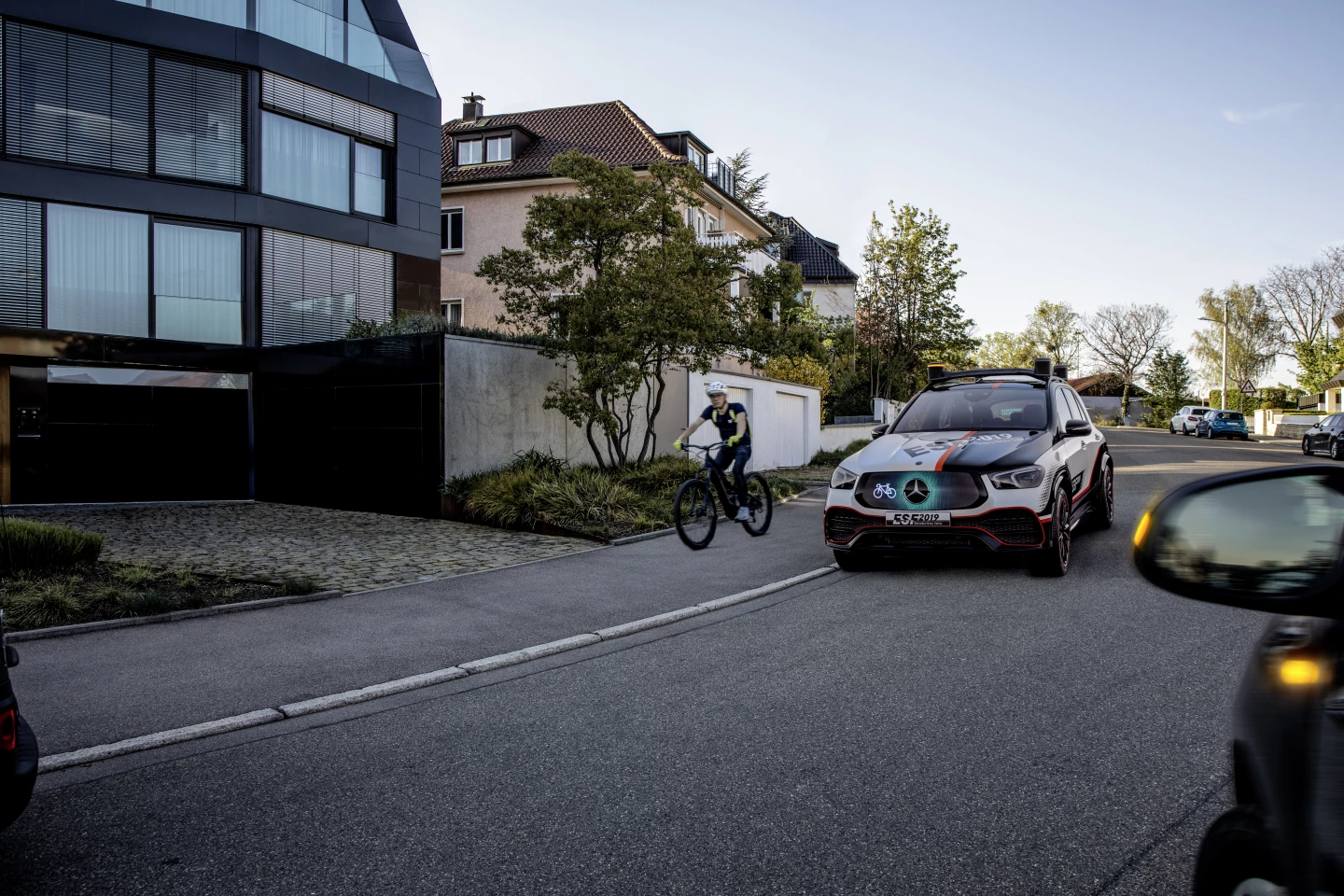
There's also 360-degree pedestrian protection, which will kill the throttle and/or hit the brakes if it detects that you might be about to back out of a car space and into a pedestrian or cyclist – or even swing the front around into one as you reverse.
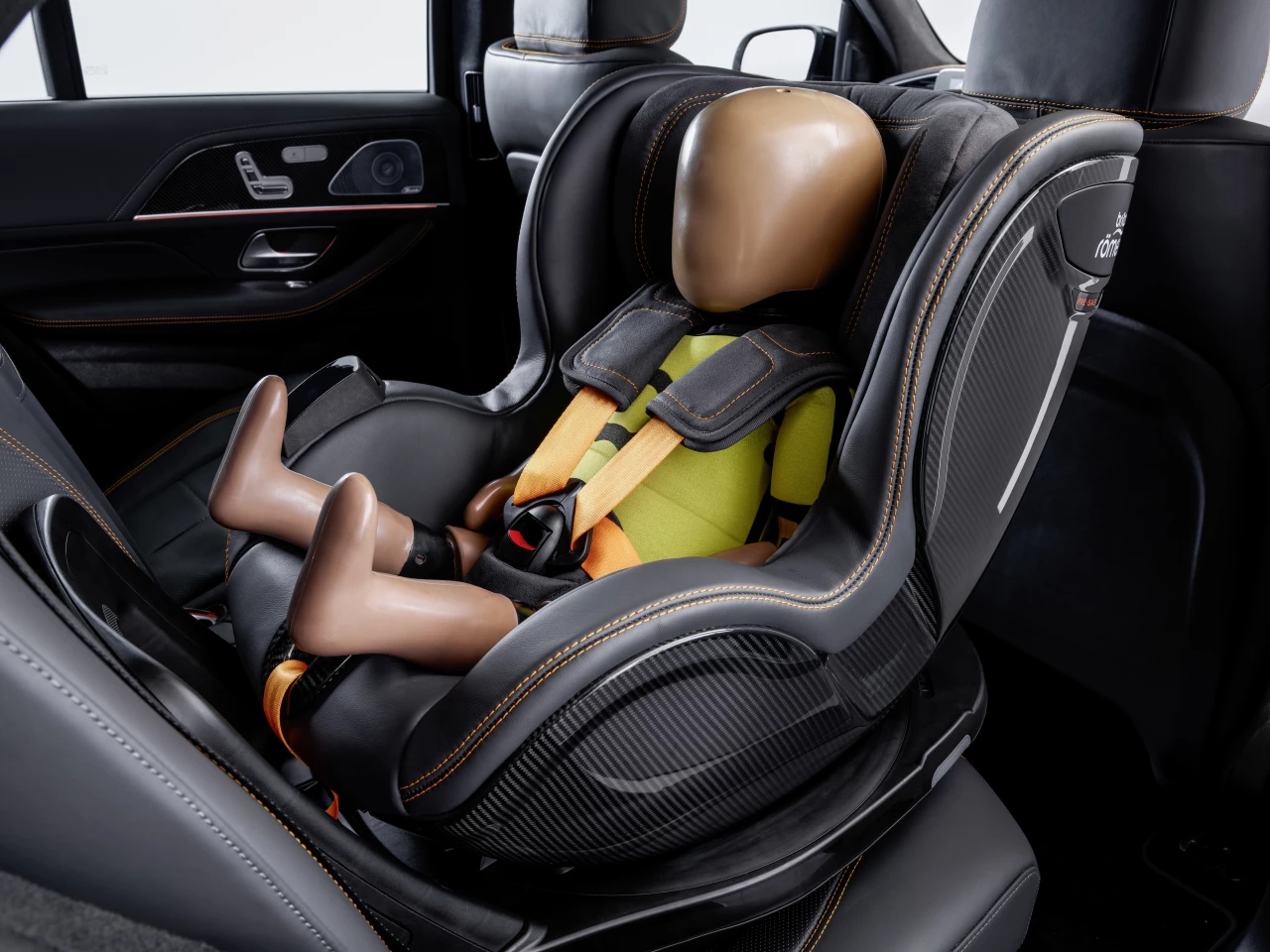
Child safety
The ESF's child seat is pretty nifty. For starters, it easily swivels to the side to make it easier than ever to get your kid in and out of their seat without twisting your back. You can then face it forward or backwards depending on your needs.
The seat also contains monitors to make sure you've installed and secured it correctly, that the child hasn't taken the seat belt off, and even biometric information like heart rate and waking/sleep state that are streamed to the front console along with baby cameras to help you keep an eye on what's going on. The theory here is that giving parents as much information as they need about what's happening with the kids can help them keep their eyes on the road when they're at the wheel.
The child seat is also integrated with the Pre-SAFE pre-crash system, which uses all sorts of sensors to detect that a crash might be imminent. When it figures a crash is unavoidable, it immediately pre-tensions the seat belt and extends a side impact protector toward the door side.
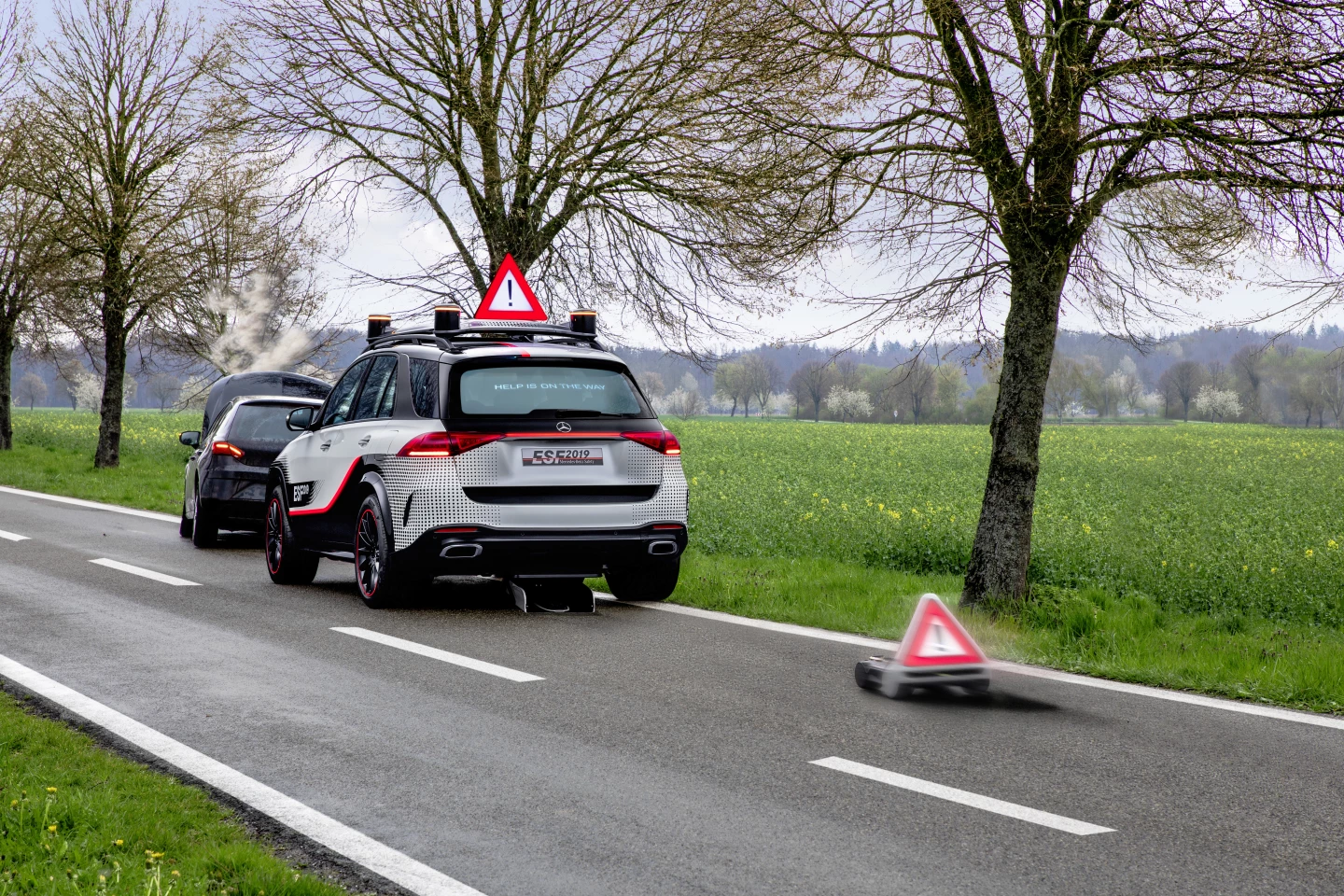
Robot warning triangle
It can be dangerous to get out of your car in the emergency lane on a freeway, so in the event that you have to stop in this kind of situation, the ESF has got your back. While warning messages flash on the rear windscreen, a little robot will pop out from between the rear axles and trundle itself down the road until it's reached a good distance to stay and pop up its bright warning triangle.
A second warning triangle also pops itself up on the roof. Cute! The fact that these processes are totally automated means they'll work just fine in a completely driverless situation, too.

Pre-SAFE gets smarter, including automatic pre-collision acceleration
The car's pre-collision system gains a bunch of new features. Some of them are as much about comfort as anything else, like the Pre-Curve function that uses GPS and front camera data to detect when you're about to hit a corner quite hard, and quietly pre-tensions the seatbelts so your passengers don't get flung around by g-forces.
Others are more passive, like a side lighting system that uses electro-luminescent light strips down the side of the car to make it impossible not to notice as it comes out of a side street.
And then there's the Pre-SAFE Impulse Rear system, which detects when the car's about to be rear-ended, and evaluates the space in front of the car – and if it's got room, it'll accelerate forward, hard. This has a double effect. Firstly, the acceleration pushes everyone back in their seats so they're in full contact with headrests and seat backs when the impact comes, and secondly, it reduces the impact speed differential to take a bit of energy out of the crash, as well as giving the car behind a touch more space to brake in. As soon as the crash has happened, the brakes come on, and the car attempts to make sure it doesn't whack into the one in front.
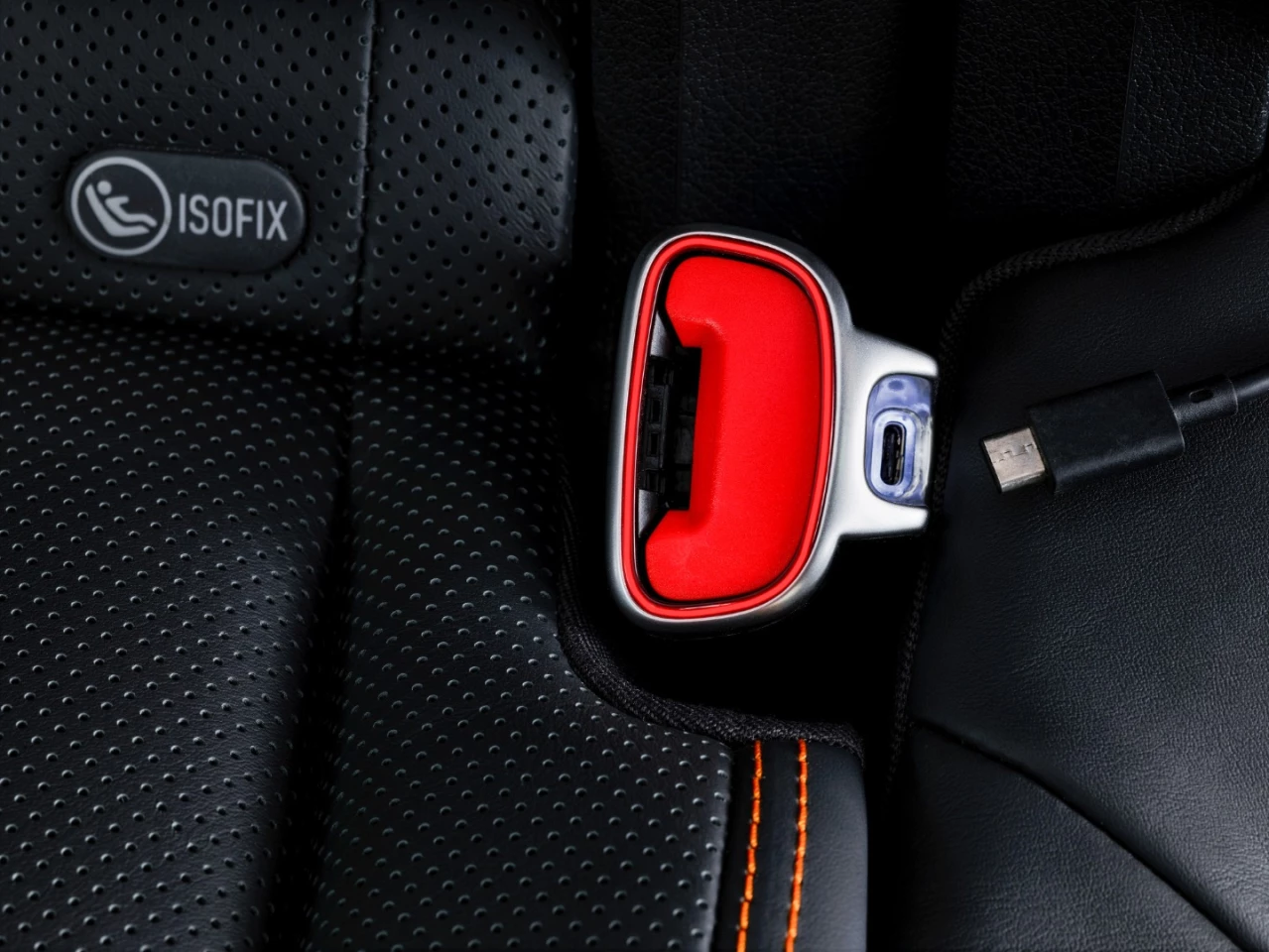
Seat belt encouragement
Seat belts are an automatic habit for most car users, but in order to bring rates of seat belt use upward, the ESF debuts some nifty helpers that nudge passengers toward putting the things on. For starters, there's neat little extending feeder loops that mean you don't have to reach back over your shoulder to find the belt, and little lights in the buckles to make clicking them in easier.
From there things get a touch more devious – there's USB-C ports in the buckles ready to charge passengers' phones or hook them in to the audio system, but they won't work until the seat belt's fastened. And there's also the new idea of heated seat belts, which encourage passengers to take off heavy coats that might interfere with proper belt positioning.
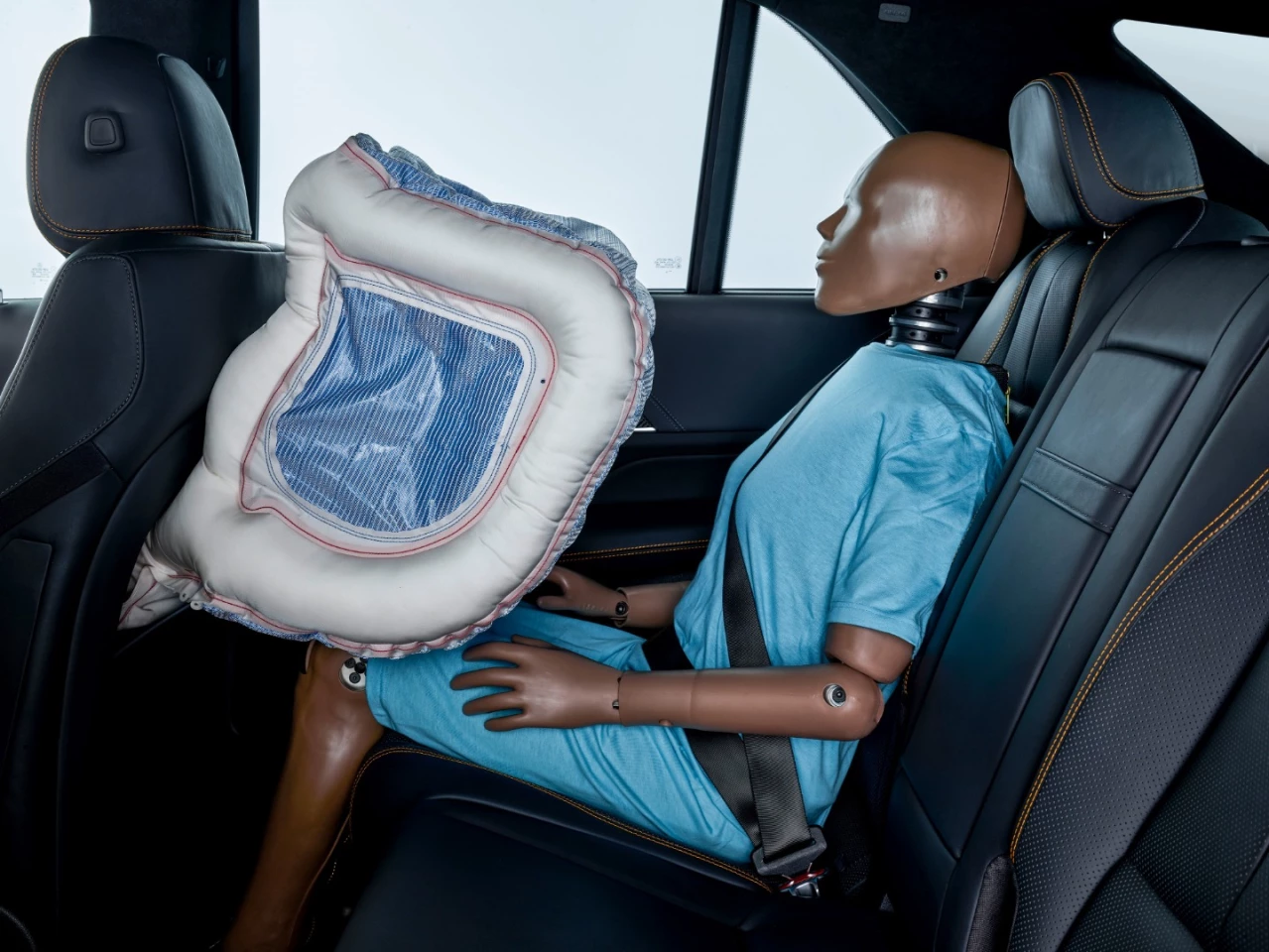
There's more, including back-seat airbags, side airbags that extend around from behind the shoulders of front-seat passengers, a flat-design steering wheel and pedals that retreat into the dash when the cars set to autonomous mode, and a brake assist system that'll flat out prevent you from pulling out of a side street if it detects you're going to put yourself in the path of oncoming traffic, pedestrians or cyclists.
Jump into the gallery to learn more!
Source: Mercedes-Benz

